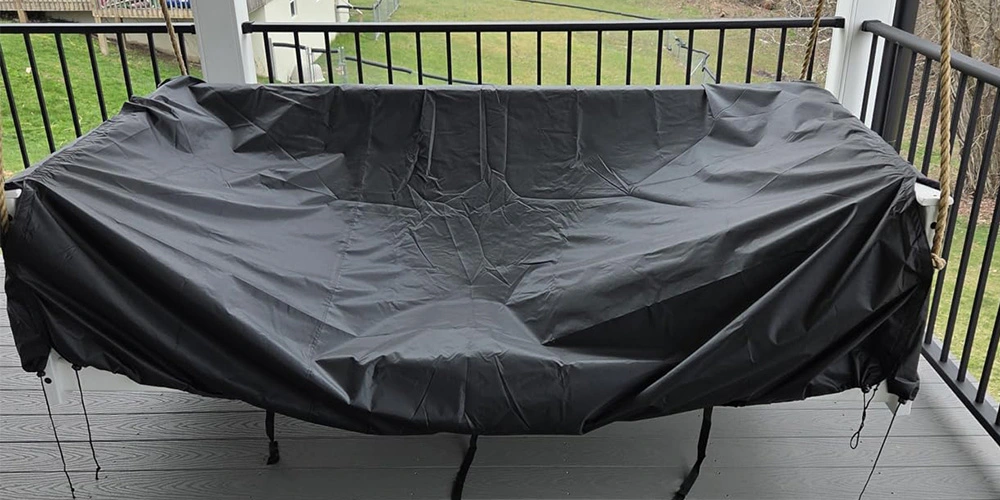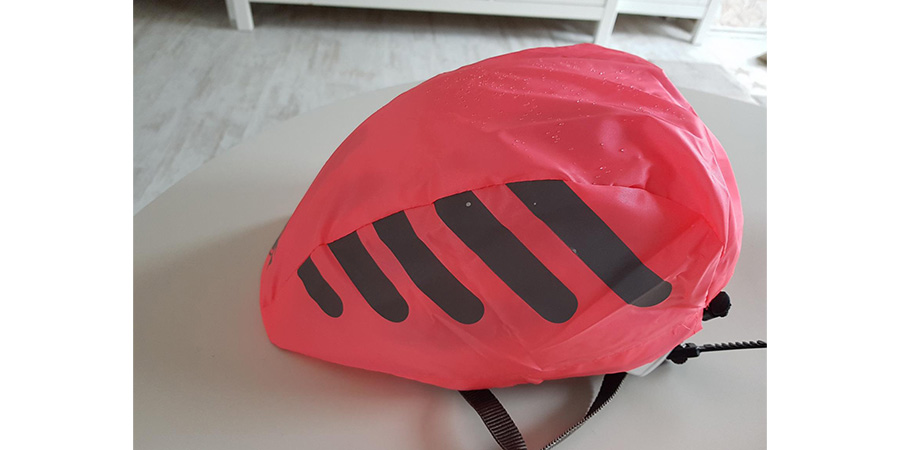Color fastness refers to the ability of textiles to maintain their color stability and resist fading when exposed to external factors such as sunlight, washing, rubbing, and perspiration. Color fastness testing is a crucial quality indicator to ensure products meet market requirements. For outdoor products such as car covers, tents, and boat covers, high color fastness enhances durability and aesthetics.
1. Common Color Fastness Testing Methods
Different testing methods simulate various usage environments. The main types include:
Test Type | Test Method | Influencing Factors | Applicable Products |
Color Fastness to Washing | AATCC 61 / ISO 105-C06 | Detergent, temperature, time | Clothing, bedding, general textiles |
Color Fastness to Rubbing/Crocking | AATCC 8 / ISO 105-X12 | Dry/wet rubbing | Clothing, upholstery, car seats |
Color Fastness to Light | AATCC 16 / ISO 105-B02 | Xenon lamp, sunlight intensity | Outdoor products, car covers, tents, boat covers |
Color Fastness to Perspiration | AATCC 15 / ISO 105-E04 | Acidic/alkaline sweat | Sportswear, intimate apparel |
Color Fastness to Water | AATCC 107 / ISO 105-E01 | Pure water immersion | Swimwear, outdoor fabrics |
Color Fastness to Chlorinated Water | AATCC 162 / ISO 105-E03 | Pool chlorine | Swimwear, sportswear |
Color Fastness to Seawater | AATCC 106 / ISO 105-E02 | Salt content | Boat covers, coastal outdoor products |
Color Fastness to Dry Cleaning | AATCC 132 / ISO 105-D01 | Dry cleaning solvents | High-end clothing |
2. Color Fastness Classification
Different tests use various evaluation standards, with the most common being the Gray Scale and Blue Wool Scale.
Gray Scale (Grades 1-5)
Used for washing, rubbing, and perspiration tests, rated from 1 to 5:
Grade | Performance | Application Scope |
Grade 1 | Severe fading | Poor quality, generally unacceptable |
Grade 2 | Noticeable fading | Low-end products |
Grade 3 | Slight fading | General clothing, inner layers of car covers |
Grade 4 | Minimal color change | High-quality apparel, outdoor fabrics |
Grade 5 | No visible color change | High-end outdoor products (boat covers, military fabrics) |
Outdoor car covers should have at least Grade 4, while boat covers and tents should aim for Grades 4-5.
Blue Wool Scale (Grades 1-8)
Used for light fastness testing, rated from 1 to 8:
Grade | Performance | Application Scope |
Grade 1 | Extremely easy to fade | Basic cotton fabrics, low-end products |
Grade 2 | Noticeable fading after short sun exposure | Low-end apparel |
Grade 3 | Begins fading after 1-2 weeks of exposure | General indoor decorative fabrics |
Grade 4 | Slight fading after 2-3 weeks of exposure | Standard car covers, furniture covers |
Grade 5 | Minimal fading within 1 month | Outdoor car covers, tents, sunshades |
Grade 6 | Slight fading over long exposure | High-end outdoor fabrics (boat covers, military use) |
Grade 7 | Very minimal fading | Professional-grade textiles (aviation, military) |
Grade 8 | No visible change | Specialized protective clothing, premium outdoor gear |
For outdoor car covers, aim for at least Grade 5 light fastness, while boat covers and long-exposure products should target Grade 6 or higher.
Key Recommendations:
Car covers, tents, and other outdoor products: Focus on light fastness (ISO 105-B02 / AATCC 16).
General clothing and home textiles: Prioritize washing and rubbing fastness.
Boat covers and swimwear: Seawater and chlorine resistance are essential.
For high-end outdoor car covers and boat covers, a light fastness of at least Grade 5-6 is recommended to enhance product competitiveness!

 English
English 

